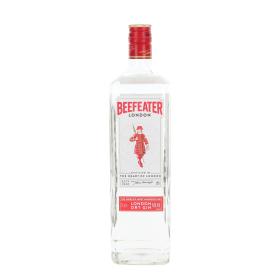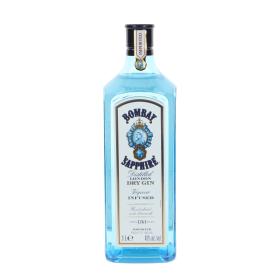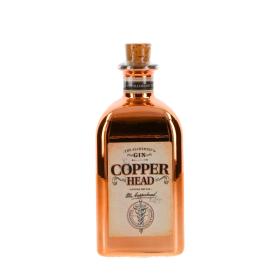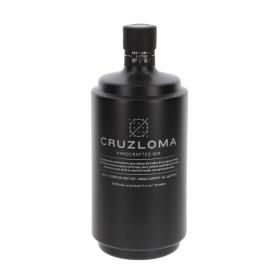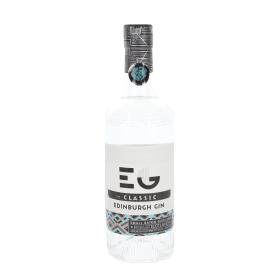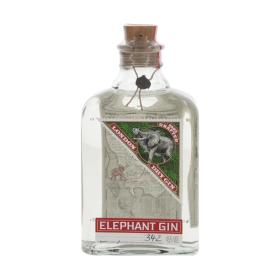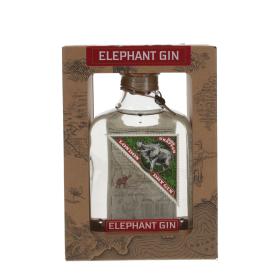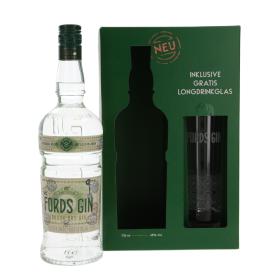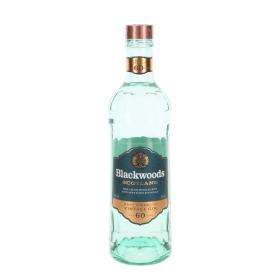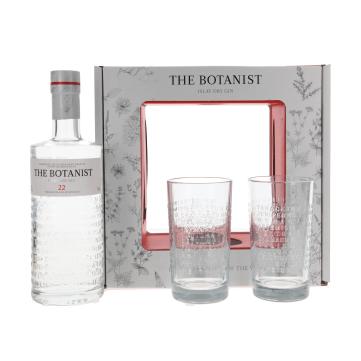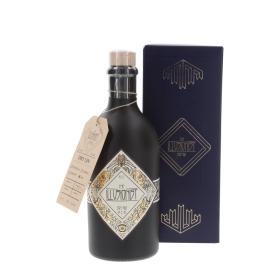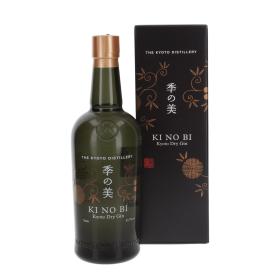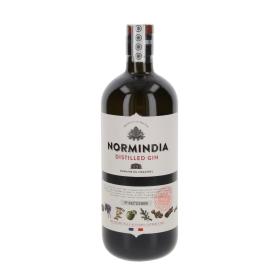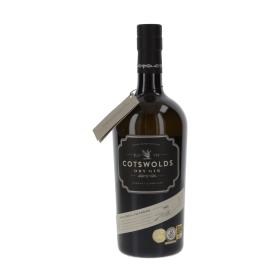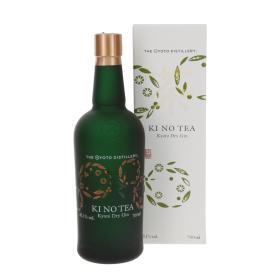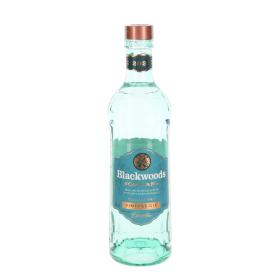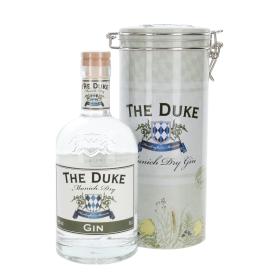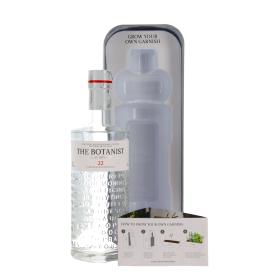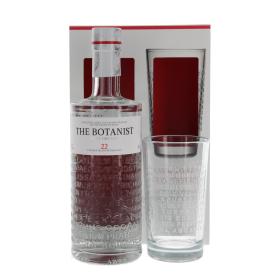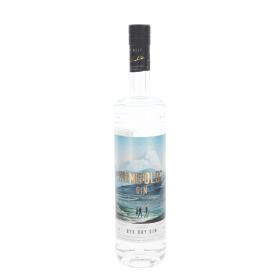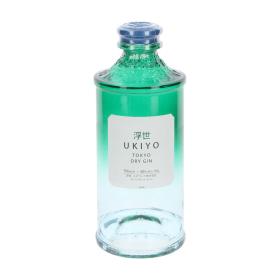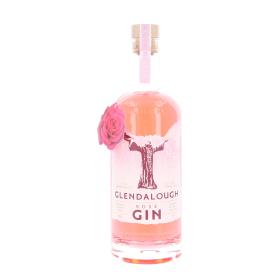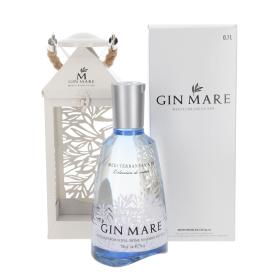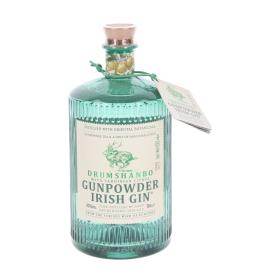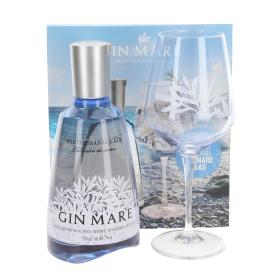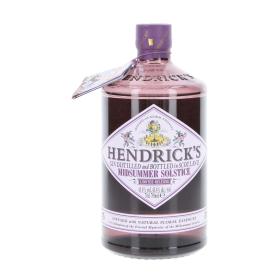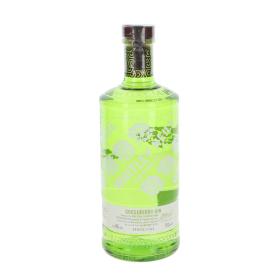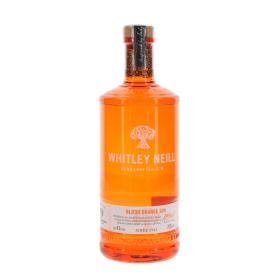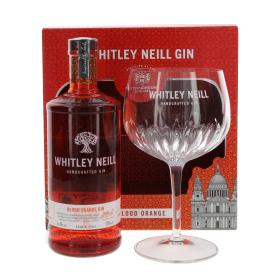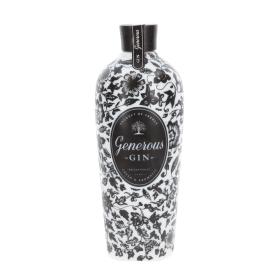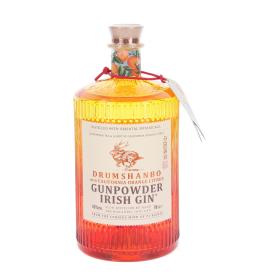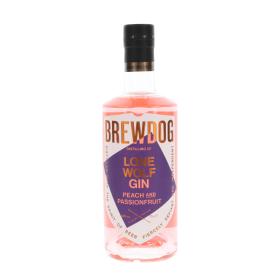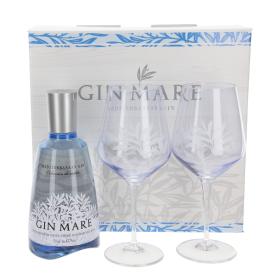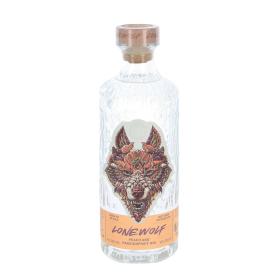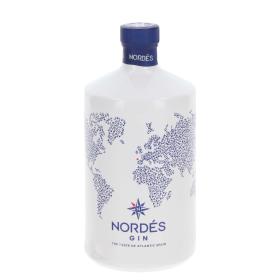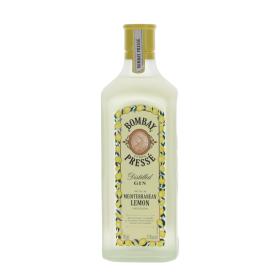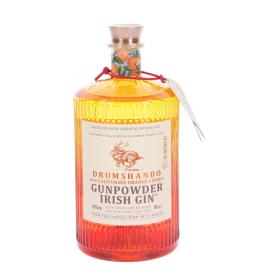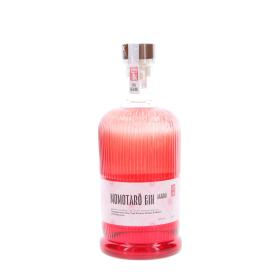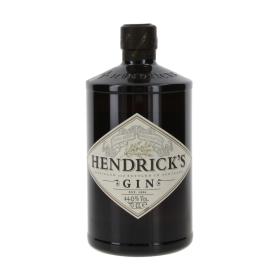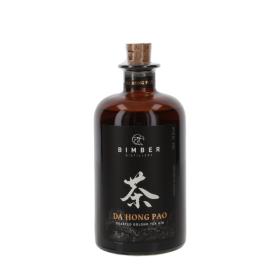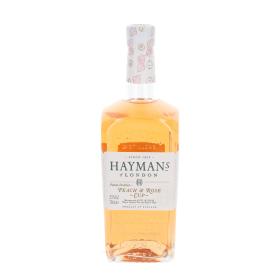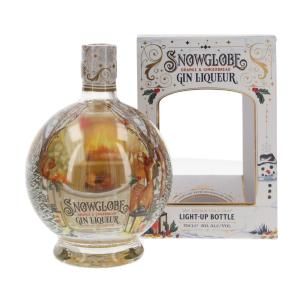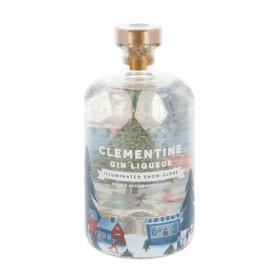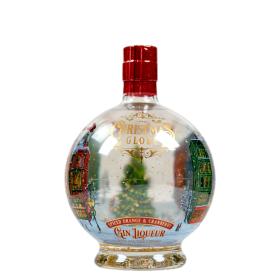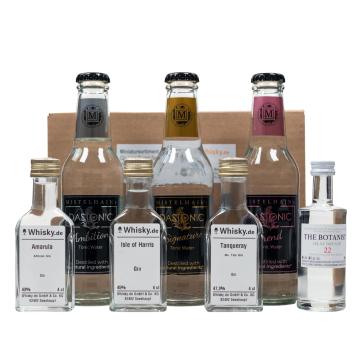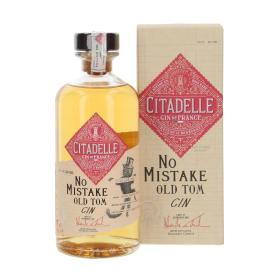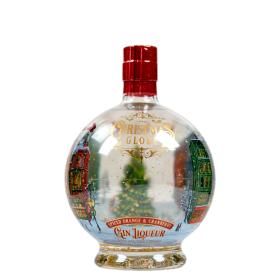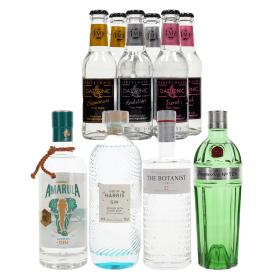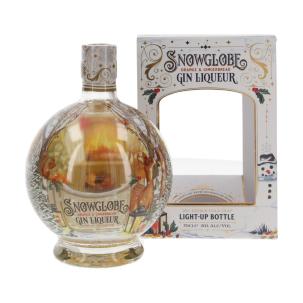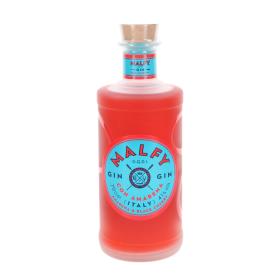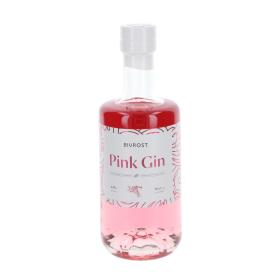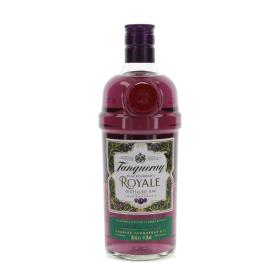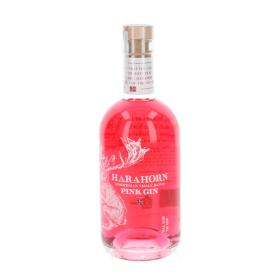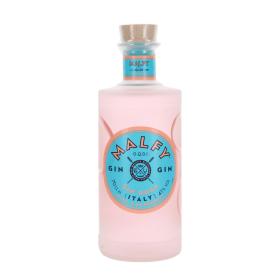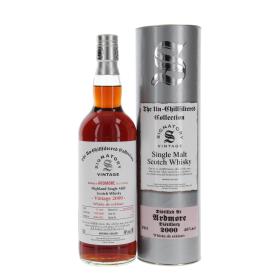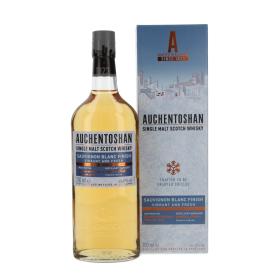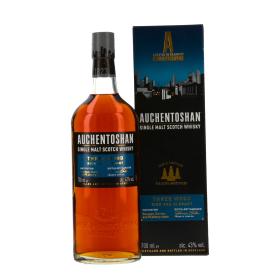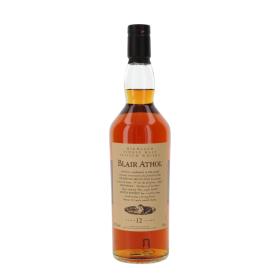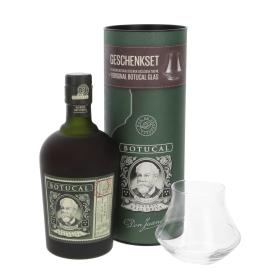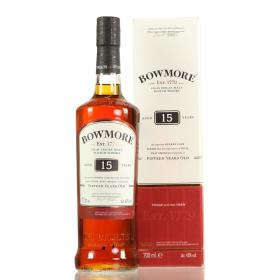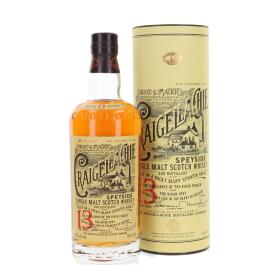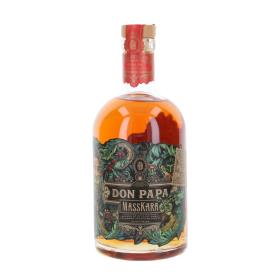Gin Varieties
The ongoing Gin trend is hard to avoid these days. Gins made from various herbs or fruits and from all corners of the world decorate the shelves of supermarkets, specialized trade and online shops. The name of the spirit is derived from the French word for juniper 'genévrier'. The berries of the juniper bush play a decisive role in Gin. In the EU's 2008 spirits regulation, Gin is defined as a juniper-flavoured spirit obtained by flavouring ethyl alcohol of agricultural origin with juniper berries. Furthermore, EU law requires a minimum alcohol content of 37.5% vol. If a juniper distillate has less alcohol, it may not be labelled Gin. The third requirement of the EU regulation: Only natural flavorings may be used, whereby the juniper taste must remain predominant.
In Europe, there are officially three types of Gin: London (Dry) Gin, Dry Gin and Sloe Gin. Since the regulation became effective in 2008, a lot has happened in the Gin market since then, which has led to the development of many other typical Gin varieties, including New Western Dry Gin, Old Tom Gin, Cordial Gin, Reserve Gin, Compound Gin (Bathtub Gin) and Pink Gin.
But let's start from the beginning: London Gin or London Dry Gin is certainly one of the most famous and widespread varieties in Europe. Although the name indicates it, London Dry Gin does not necessarily have to come from London. However, it is a distilled Gin and may only be flavoured with natural ingredients that are all added at the same time - the timing of the addition of the fruits and herbs plays an important role here. No additional flavors or sugar may be added afterwards. Even if it may seem like it: London Dry Gin is not a protected designation of origin. Opinions differ as to where the 'London' in the name comes from. It is believed, however, that the origin is to be found in the London of the 18th century, where the rather strict regulations for the production of this type of Gin originated. A relatively 'young' London Dry Gin is the Sipsmith London Dry Gin, which is produced on the first Gin still in London since 200 years.
Dry Gin must also be distilled. Only natural or nature-identical spices and aromas (i.e. in case of synthetic production identical with a corresponding naturally occurring substance) may be used for this purpose. In contrast to London Dry Gin, however, the time of addition of the botanicals (= plants/plant extracts) is irrelevant, so they can be added at different times. The use of nature-identical colorants is also permitted. The addition of the name 'dry' does not necessarily refer to the taste of the Gin but to the fact that it may not be sweetened. A Scottish Dry Gin is The Botanist Islay Dry Gin from Bruichladdich Distillery.
Let's stay with the Gin varieties without sugar. This includes the New Western Dry Gin. It is a new modern variant, in which juniper flavor moves into the background. For example, cucumber or rose aromas are in the foreground, or citrus notes. However, juniper must always be tasted, so as not to forfeit the right to be called gin. A good example of this is Hendrick's Gin and a German representative for this category is The Duke Munich Dry Gin.
Sweetened Old Tom Gin is an original form of gin that was forgotten due to the proliferation of many different dry gins. In the 18th century, gin was so bitter, almost undrinkable, due to the fusel oils produced during distillation, that sugar was added to make it drinkable at all. As a result, Old Tom became a popular representative among gins. Haymans Old Tom Gin is still produced according to the original recipe since the 1870s, and Tanqueray also produced a limited edition Old Tom Gin. Similarly, the Cream Gin or Cream of the Valley Gin was created: Here, cream or milk was added to the bitter-tasting distillate to mellow it....
An interesting gin trend comes from Spain: Pink Gin. As the name suggests, these are rose-colored gins with strawberries or raspberries added.
Sloe Gin
Sloe gin is made with sloes, because 'sloe' is the English word for the fruit of the blackthorn. According to EU regulations, sloe gin is not a gin but a liqueur. Nevertheless, it is labelled gin, even if the minimum alcohol content of 37.5% is not reached. Sloe gin is made by adding sloes and sugar to the already distilled gin. The berries also give the sloe gin its reddish colour.
Cordial Gin, anchored in the 19th century, has also been in business for a long time. He is, so to speak, the successor of the Old Tom Gin: The distillation technology was already better developed at that time, so that a less bitter brandy came out. The Cordial was still sweetened, hence the name: A 'Cordial' is a liqueur.
Other Gin varieties: New Western Dry Gin, Old Tom Gin, Cordial Gin, Reserve Gin, Compound Gin and Pink Gin
These three types of Gin mentioned above can be found in the Spirits Regulation of 2008. In the following years, Gin has been so popular with connoisseurs that many new varieties have joined the selection. New Western Dry Gin, for example, is one of these more modern varieties, in which the juniper taste takes a back seat. An example of this is the Scottish Hendricks Gin with rose and cucumber aromas. Of course, the other aromas must not overshadow the juniper, otherwise the right to call a distillate ‘Gin’ is lost. A German example is The Duke Munich Dry Gin, which - typically Munich - is additionally enriched with hop blossoms and malted barley. From England comes 'Tanqueray No. Ten', in which clear citrus notes dominate.
In contrast to this more recent variety, the sweetened Old Tom Gin is an original form of Gin, which fell into oblivion due to the spread of the many different Dry Gins. In the 18th century, Gin was so bitter, almost undrinkable due to the fusel oils resulting from distillation, that sugar was added to make it even drinkable. This made Old Tom a popular representative among the Gin varieties. Hayman’s Old Tom Gin has been produced according to the original recipe since the 1870s and Tanqueray also produced a limited edition of Old Tom Gin. Cream Gin or Cream of the Valley Gin was created in a similar way: Cream or milk was added to the bitter-tasting distillate to make it softer.
Cordial Gin, which is anchored in the 19th century, has also been around for a long time. It is, so to speak, the successor of the Old Tom Gin: the distillation technique was already better developed at that time, so the result was a less bitter spirit.
A relatively new type of Gin is Reserve Gin. As with wine, the 'reserve' in the name refers to the cask storage. Usually, Gin is not matured in casks, but is left to rest in neutral containers made of glass or steel. Reserve Gin is, however, similar to other spirits such as whisky or brown rum, stored in wooden casks and thus absorbs their aromas. In some cases, another drink, for example brandy, was previously stored in these casks. Since the production of Reserve Gin requires more time and also more money, storage in casks also increases the price of the resulting Gin.
A completely different method of production is used for Compound Gin: For this, the individual botanicals are added to neutral alcohol (not distilled) and then mixed together. This often gives the Gin a cloudy colour and, if it is not filtered, the taste changes over time. Compound Gin is also called 'Bathtub Gin'. This name comes from the fact that compound Gin is also a popular way to make your own Gin, for example in the bathtub.
An interesting Gin trend comes from Spain: Pink Gin. As the name suggests, this is a rose-coloured Gin that is mixed with strawberries or raspberries.



